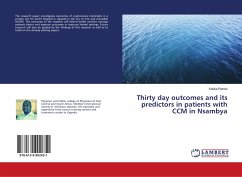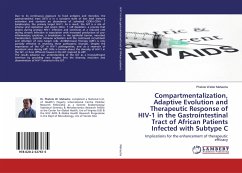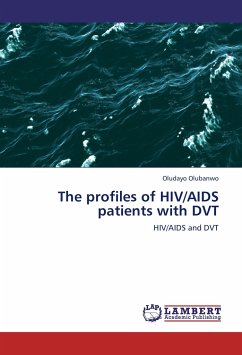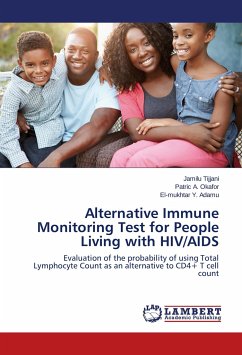In the poorer and less developed Sub-Sahara African countries, hepatitis C is diagnosed by the detection of antibodies raised against the virus using rapid strip tests. Treatment in most cases commences without further confirmation of infection. This book contains an updated literature on the hepatitis C virus ranging from the molecular structure of the virus to the current diagnostic techniques including assays used to determine the genotypes and phylogeny of the virus. Information is also made available on the interaction between hepatitis C virus (HCV) and the Human Immunodeficiency virus (HIV) including the natural history of the coinfection. The current treatment regiment and preventive measures of hepatitis C virus infection are also well spelled out in this book. The book ends with a study that compares a rapid strip test, ELISA and PCR in the diagnosis of hepatitis C in HIV, with a case study of hospitals in Cameroon. The results are of course quite astonishing and is targeted at countries which rely on rapid strip tests as the sole diagnostic criteria of hepatitis C, with the aim of creating awareness on the discrepancies that may exist with the results.
Bitte wählen Sie Ihr Anliegen aus.
Rechnungen
Retourenschein anfordern
Bestellstatus
Storno








